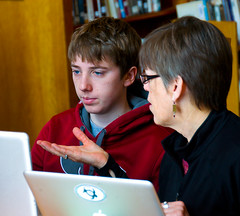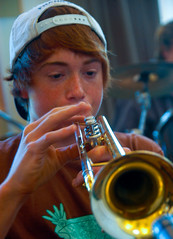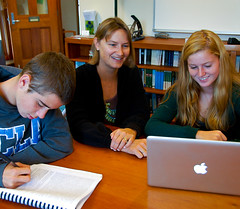March 10 is the day that most boarding schools first communicate admission decisions. In admission parlance, this is known as "the first round." At Proctor, we expect to fill 85-90 of the total 110 spots by April 10, the date by which admitted students' decisions are due. The remaining 20-or-so spaces are filled throughout the spring and early summer in a "high-yield" process; (we can be much more forthcoming about the likelihood of admission from the start of the relationship after March 10.) The Admission Team has acted on a little more than 500 applications to date. It is exacting, difficult, and extremely important work.

The factors that prompt an admitted student to choose to attend this school are as unique as each individual, because the breadth of the curriculum allows each student to design a relatively customized experience. Still, a salient characteristic is the level playing field created by academic structures and support systems within a college prep academic curriculum. If you are willing to work, you're going to experience success.
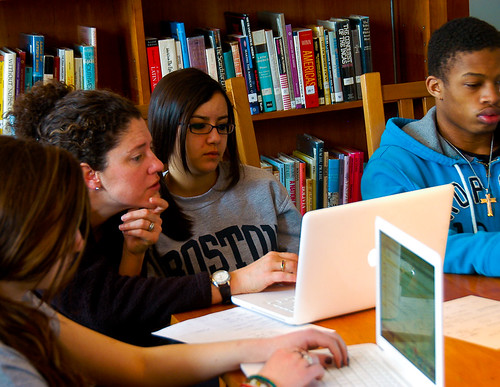
Appreciating this academic structure can be tricky, because everyone who visits is struck by the social ethos that IS Proctor, and--in more traditional schools--"structure" is assumed to accompany "formality." Not here, however.
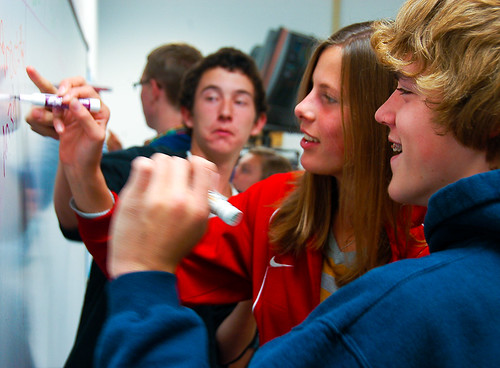
This social ethos is one example of how Proctor benefits by being not like other schools.

The relatively egalitarian, informal nature of the community is not appealing to some, which is fine. It is better to be knowable and distinct....to be what Seth Godin calls a "purple cow," and to be irresistible to a subset of the population.
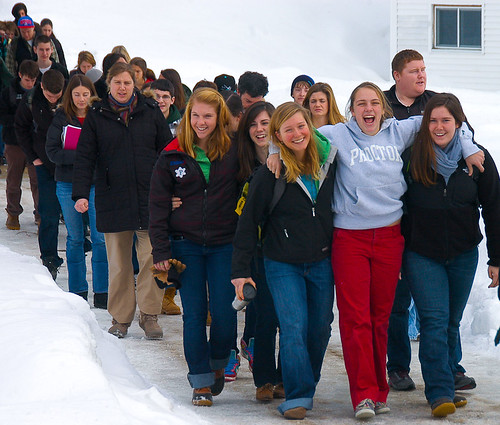
"Academic excellence" alone is not a distinguishing characteristic; rather, it is a base qualification that enables a school to be in existence. Teaching methodologies, however, are potent factors in separating one institution from the next. We are aware of many families favoring Proctor due to our preference for hands-on modalities, whether manifest in classrooms, on 2,700 acres of woodlands, in Segovia, Aix-en-Provence, Tamarindo, Tangier, the desert Southwest or on the North Atlantic.

One change that is obvious over the decades is the role of stronger arts programs as attractors. I can name specific students who attend Proctor in part due to jazz/rock and recording, or Proctor drama, voice and chorus, ceramics, etc., and an alumna recently discussed philanthropy to support studio art at Proctor--due to the impact of that program on her life.
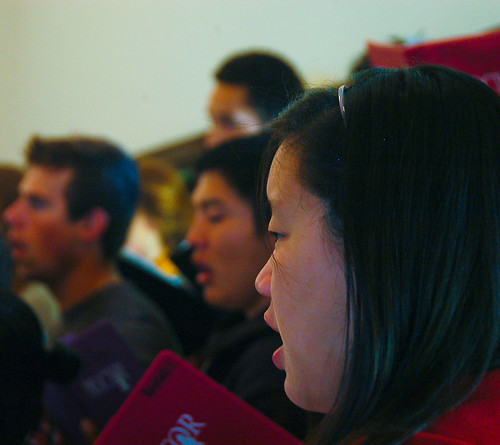
Newly admitted students are invited to return for revisits on April 1 and April 5. We look forward to providing first-hand experience of Proctor's distinguishing characteristics!
















